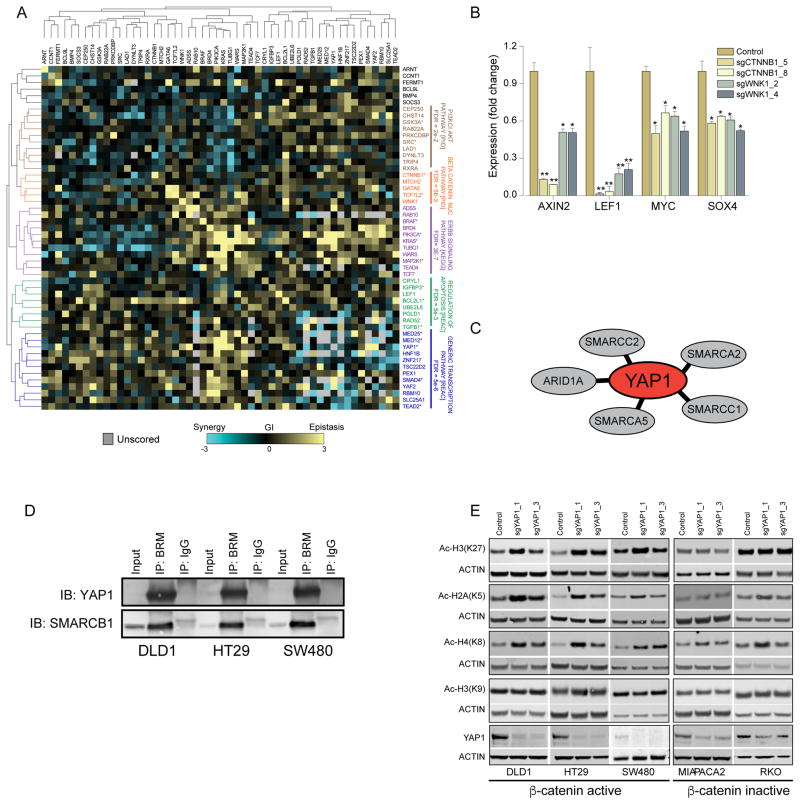Figure 3. Validation of β-catenin co-dependencies using CRISPR-Cas9-mediated gene editing.
(A) Hierarchical clustering of the two most effective sgRNAs/gene (determined by mRNA levels of the target gene) based on global expression changes induced by CRISPR-Cas9 mediated deletion of 15 different genes in DLD1 cells. (B) Diagram summarizing the strategy used for identification and functional validation of β-catenin co-dependencies. (C) Proliferation changes (mean of two best correlating sgRNAs) following CRISPR-Cas9-mediated deletion of known oncogenes. (D) Heat map of proliferation changes induced by CRISPR-Cas9-mediated depletion of validated β-catenin co-dependencies. The average of the most correlated sgRNAs was used to calculate a gene score. Due to the pooled format of these experiments, non-targeted control sRNAs score at ~0.5. For high confidence β-catenin co-dependencies, we considered genes that were essential in at least 4 β-catenin active cell lines and non-essential in at least two β-catenin inactive cell lines. Known β-catenin co-dependencies are marked in red, and genes that were included in the CRISPR-Cas9 validation screen but did not score as β-catenin co-dependencies by RNAi are marked with
 (E) MsigDB enrichment analysis for pathways associated with high confidence β-catenin co-dependencies. (F) Proliferation changes following CRISPR-Cas9-mediated depletion of known β-catenin co-dependencies (Top), common essential control genes (middle), or CYCLOPS genes (bottom). (G) Distribution of proliferation changes following genome scale CRISPR-Cas9 screens (Wang et al., 2015). (H) Distribution of proliferation changes following mutagenesis of two haploid cell lines (Blomen et al., 2015). A ratio of 0.5 represents genes whose deletion had no effect on proliferation.
(E) MsigDB enrichment analysis for pathways associated with high confidence β-catenin co-dependencies. (F) Proliferation changes following CRISPR-Cas9-mediated depletion of known β-catenin co-dependencies (Top), common essential control genes (middle), or CYCLOPS genes (bottom). (G) Distribution of proliferation changes following genome scale CRISPR-Cas9 screens (Wang et al., 2015). (H) Distribution of proliferation changes following mutagenesis of two haploid cell lines (Blomen et al., 2015). A ratio of 0.5 represents genes whose deletion had no effect on proliferation.

